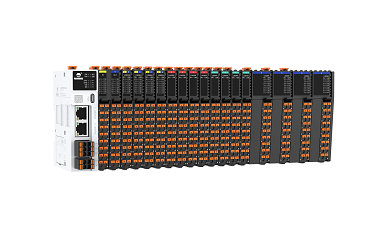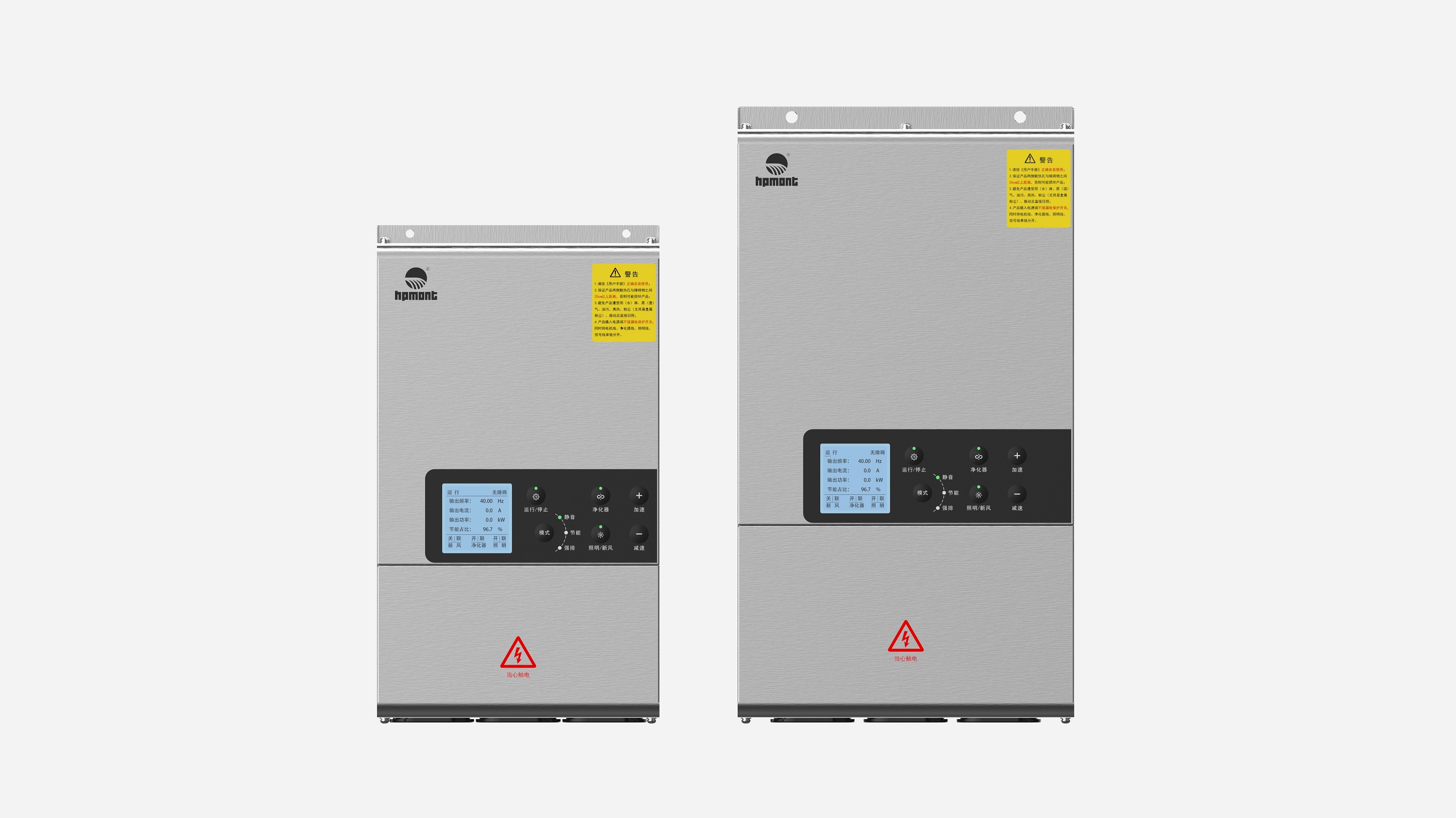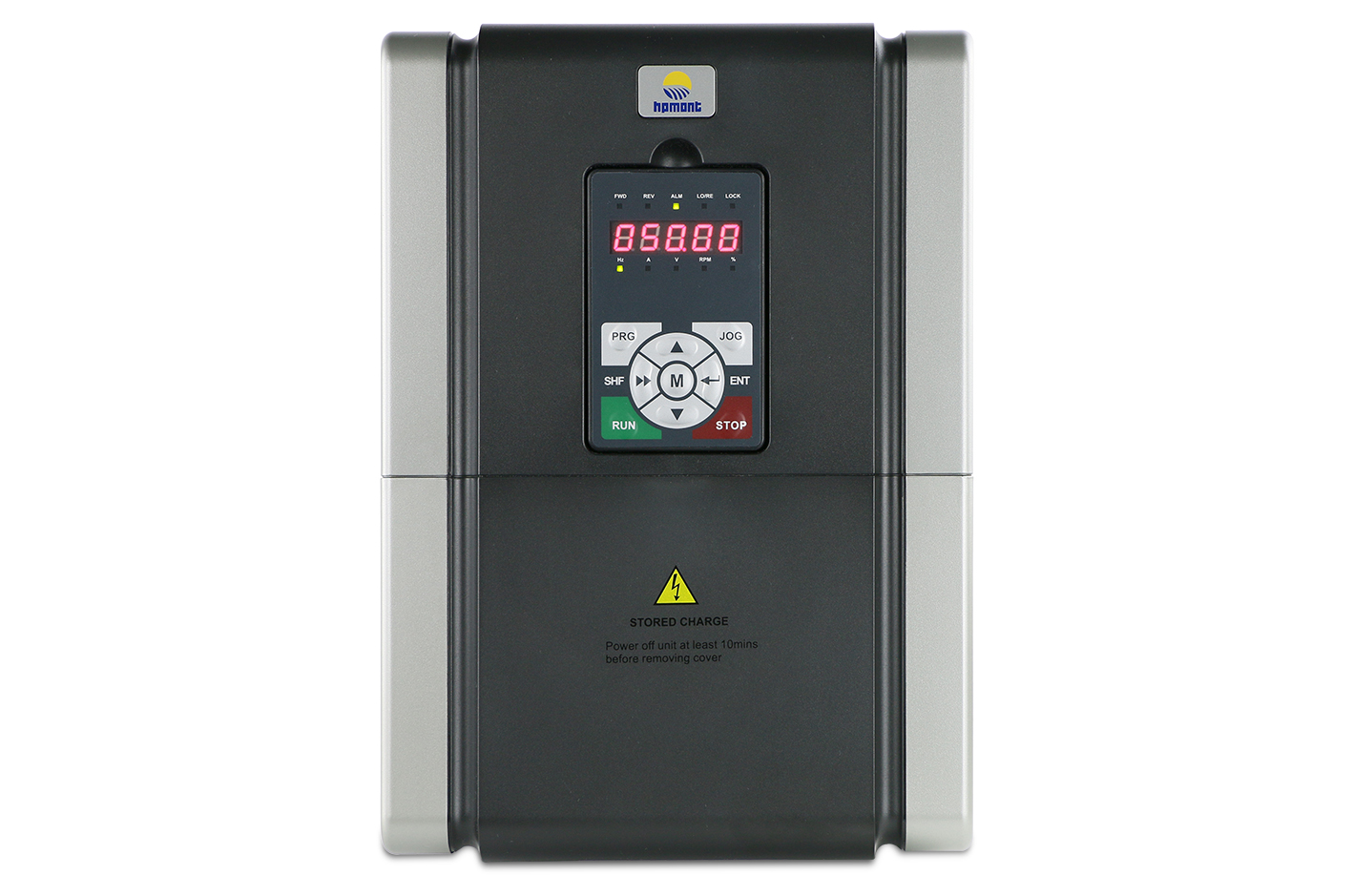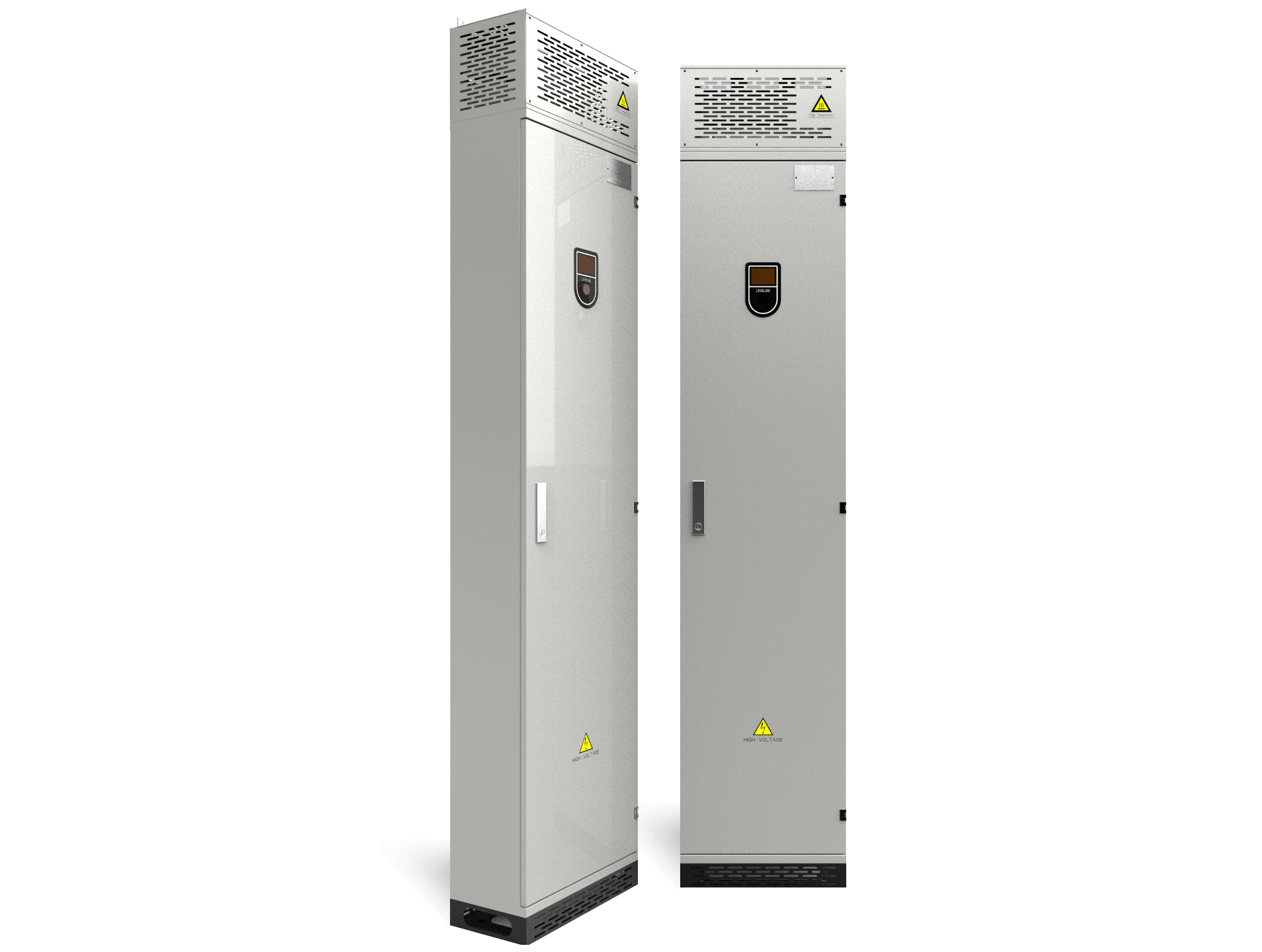1 Foreword
With the development of processing technology for paper and plastic packaging and the updating of coating processing equipment, the tension detection and control of paper or plastic during the coating production process is an important technical measure which can improve product quality and output.
Therefore, in the electromechanical performance control of the coater, the key is to control the tension of the coater system. The tension is directly affected by the quality and quantity of the product: too much tension will destroy the physical properties of the coated paper, affecting the service life and quality of the paper; while too less tension will cause loose winding, making the paper not stable. And it will also affect the quality of the products in the subsequent processes.
2 Introduction of coater
2.1 Brief introduction
The coating machine is mainly divided into brush coater, air knife coater, blade coater, roll coater, spray coater, curtain coater and slit coater. It is a kind of device that coats a substrate with an optional coating, dries it, and then winds it up.
Generally, the coater is mainly composed of four parts: an automatic feeding portion, a coating portion, a coating detecting portion, and a conveying code disc portion.
2.2 Working principle
The coating roller rotates to drive the slurry, adjusts the blade gap to adjust the slurry transfer amount, and transfers the slurry to the substrate by the rotation of the back roller or the coating roller, and then controls the thickness of the coating layer to meet the quality requirement according to the process requirements. At the same time, the solvent in the slurry laid on the substrate is removed by drying and heating, so that the solid matter adheres well to the substrate.
2.3 Process and process requirement
The pole piece substrate placed on the unwinding device is automatically corrected and then enters the floating roll tension system, and then enter the coating head after the unwinding tension is adjusted, and the pole piece slurry is coated according to the setting procedure of the coating system. The coated wet sheet is put into the oven and then dried by hot air. The dried pole piece is tensioned by a tensioning system while controlling the winding speed to synchronize it with the coating speed. The pole piece is automatically corrected by the correcting system to keep it in the center position, and is wound up by the winding device.
Throughout the process, it is divided into unwinding, multi-stage synchronous control transmission and winding. It is required that the tension should be constant during the work, that is, the linear velocity is constant. The coating machine needs to evenly adhere the glue or ink substance to the surface of the aluminum foil, the plastic film, or the cloth textile. The coating process requirements are relatively strict, and the coating height is not only required, but also the high-speed non-stop replacement is required to improve the production efficiency.
3 Solutions and debugging instructions
3.1 Solutions
Scheme 1: Tension closed loop control + speed closed loop control
For the occasion where the tension control accuracy is high, the tension swing position signal needs to be used as the output tension signal to form the tension closed loop control. For the inverter, the speed closed-loop control is suitable for the built-in PID function of HD50 driver, and the analog input signal constitutes a feedback signal for PID adjustment.
The solution can easily achieve constant tension during acceleration and deceleration, and it can also save space for installing the tension roller, reduce mechanical cost, and ensure a highly uniform coating effect.
Scheme 2: tension open loop control + torque closed loop control
The solution does not need to detect the tension feedback signal, but the driver needs to be equipped with a speed encoder card to achieve torque closed loop control.
3.2 Debugging instructions
1. Each inverter should be set according to the motor nameplate parameters, and the motor should be removed from the load and self-tuning (current vector control inverter self-learning is very important);
2. Online debugging, the synchronization problem of the main traction and the secondary traction can be tested by the line speed meter. When it is basically consistent, the secondary traction is modified with a tension pendulum.
3. For the debugging of the winding inverter, the torque control function should be realized first, and then the inverter with the encoder feedback is selected in the open loop tension control mode. The encoder line must be changed after the motor line is changed.
3.3 Live pictures

4 Summary
At present, Hpmont inverter has been widely used in the coating machine field, which has reduced the cost for customers, improved the coating quality and efficiency, and has been unanimously recognized by customers.



























































